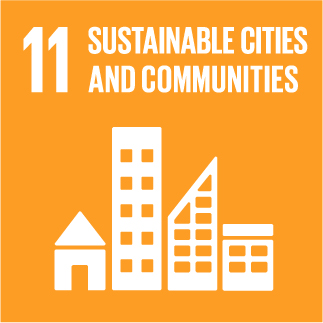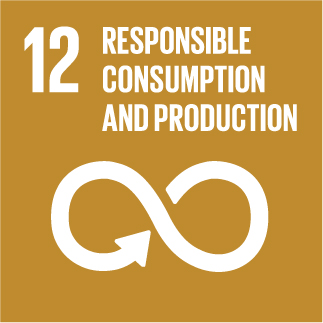Integrated manufacturing of REciclable multi-material COmposites for the TRANSport sector
Heat Resistant Polymers Market by Type (Fluoropolymers, Polyimides, Polyphenylene Sulfide, PBI, Peek), End-Use Industry (Transportation, Electronics & Electrical) & Region - Global Forecast to 2021 - Research and Markets
The global heat resistant polymers market is projected to reach USD 16.67 billion by 2021, at a CAGR of 6.7% from 2016 to 2021.
Increasing demand for heat resistant polymers from the transportation end-use industry, especially in the Asia-Pacific region, is anticipated to drive the demand for heat resistant polymers in the coming years. In addition, rising demand from the electronics & electrical industry will also drive the growth of the heat resistant polymers market during the forecast period. On the other hand, high processing cost of heat resistant polymers is anticipated to be one of the major restraints for the growth of this market.
The fluoropolymers type segment accounted for the largest share of the global heat resistant polymers market in 2016, and is projected to be the fastest-growing segment from 2016 to 2021. The increase in use of fluoropolymers in automobile industries in China and India is expected to drive the growth of this segment globally.
The transportation segment of the heat resistant polymers market is estimated to account for the largest share in 2016. The use of heat resistant polymers to replace conventional materials such as metals, ceramics, and traditional plastics is a key driver of the growth of this segment. Improving economic conditions have also boosted the demand for heat resistant polymers in the transportation end-use industry.
Companies Mentioned
- Arkema SA
- BASF SE
- Caledonian Ferguson Timpson Ltd
- Celanese Corporation
- Covestro
- DIC Corporation
- Daikin Industries, Ltd.
- Dongyue Group Ltd.
- E. I. Du Pont De Nemours and Company
- Ensinger GmbH
- Evonik Industries AG
- Honeywell International Inc.
- Huntsman Corporation
- Kuraray Co., Ltd.
- Panjin Zhongrun High Performance Polymers Co. Ltd
- Parkway Products Inc.
- Polyone Corporation
- Quadrant EPP Surlon India Ltd
- RT P Company, Inc.
- Saudi Arabia Basic Industries Corporation (SABIC)
- Schulman AG
- Solvay S.A.
- The DOW Chemical Company
- Tri-Mack Plastics Manufacturing Corp.
- Victrex PLC
Key Topics Covered:
1 Introduction
2 Research Methodology
3 Executive Summary
4 Premium Insights
5 Market Overview
6 Industry Trends
7 Heat Resistant Polymers Market, By Type
8 Heat Resistant Polymers Market, By End-Use Industry
9 Heat Resistant Polymers Market, By Region
10 Competitive Landscape
11 Company Profiles
For more information about this report visit http://www.researchandmarkets.com/research/k68j98/heat_resistant


This project has received funding from the European Union's Horizon 2020 research and innovation programme under grant agreement Nº 768737


